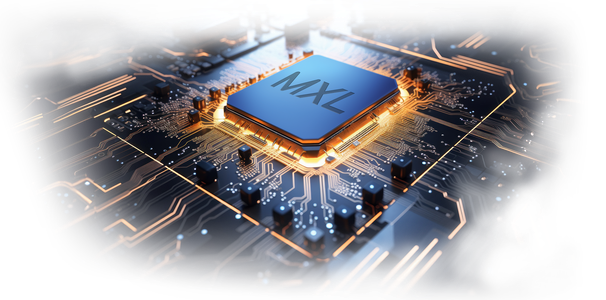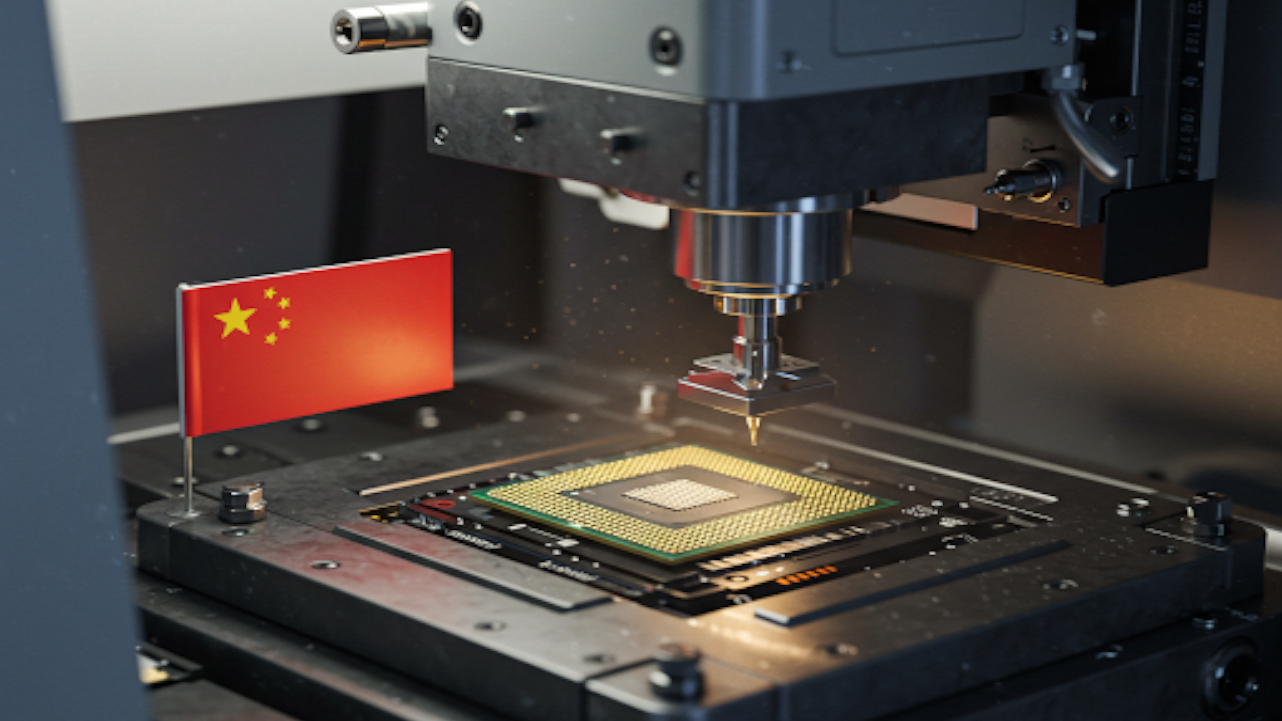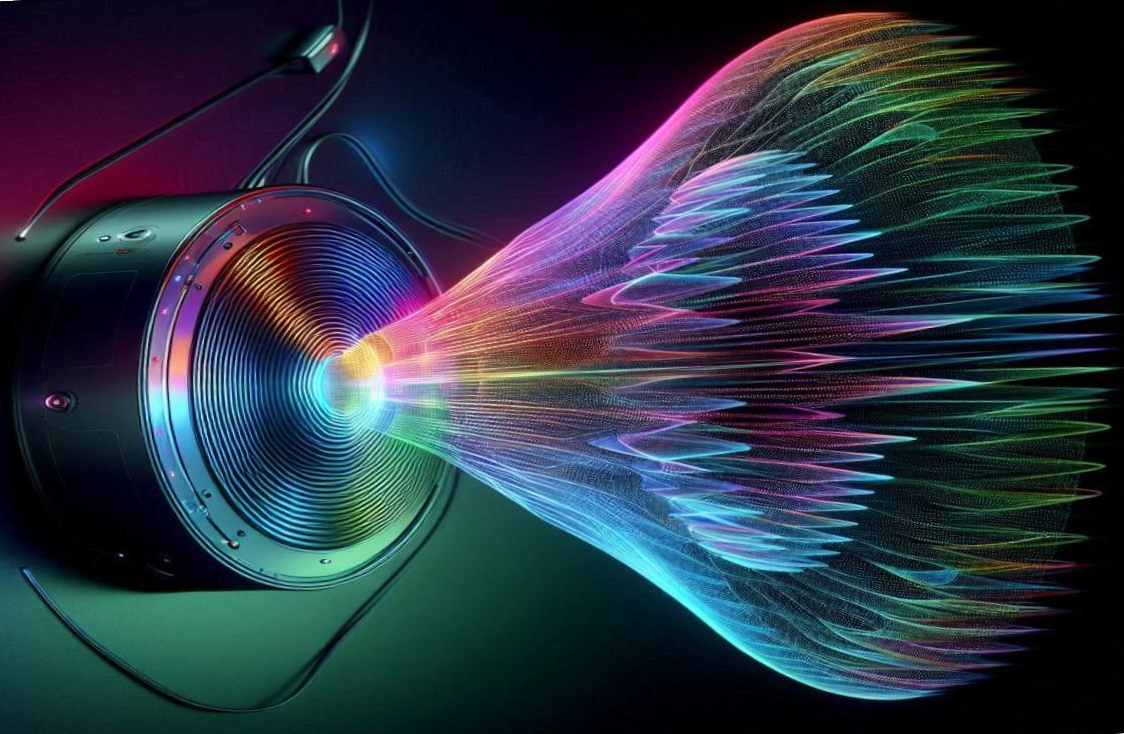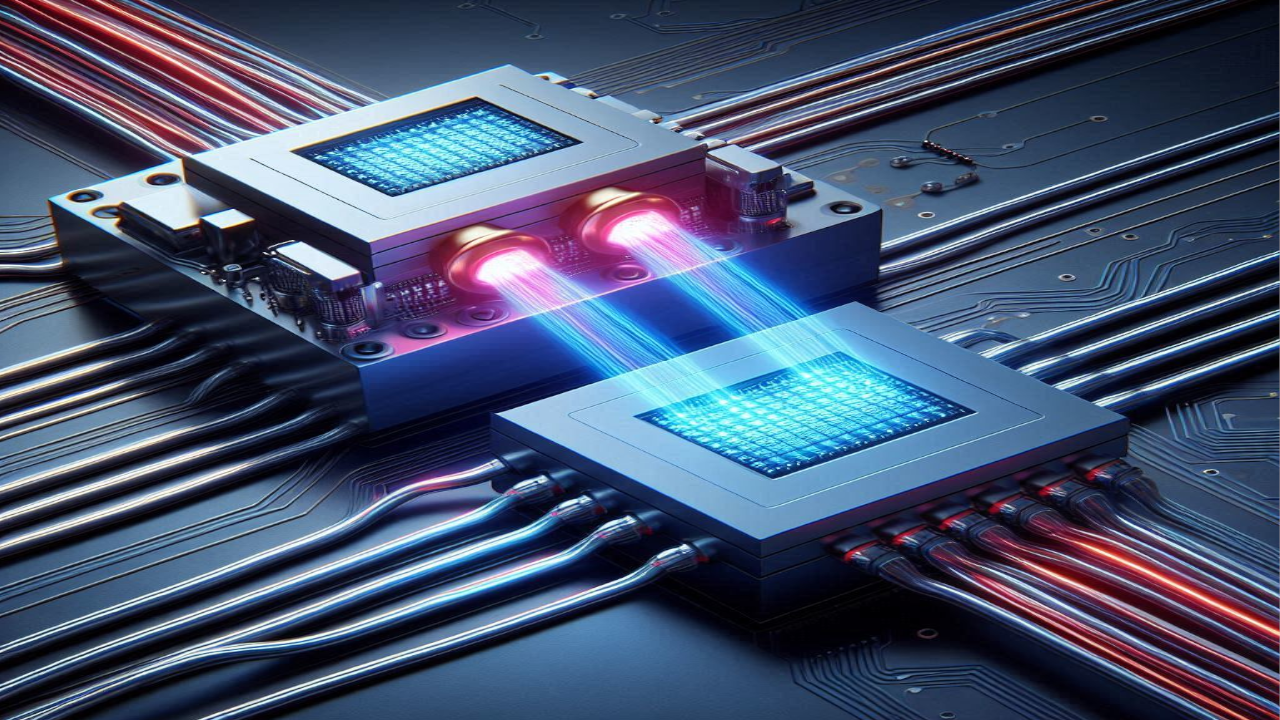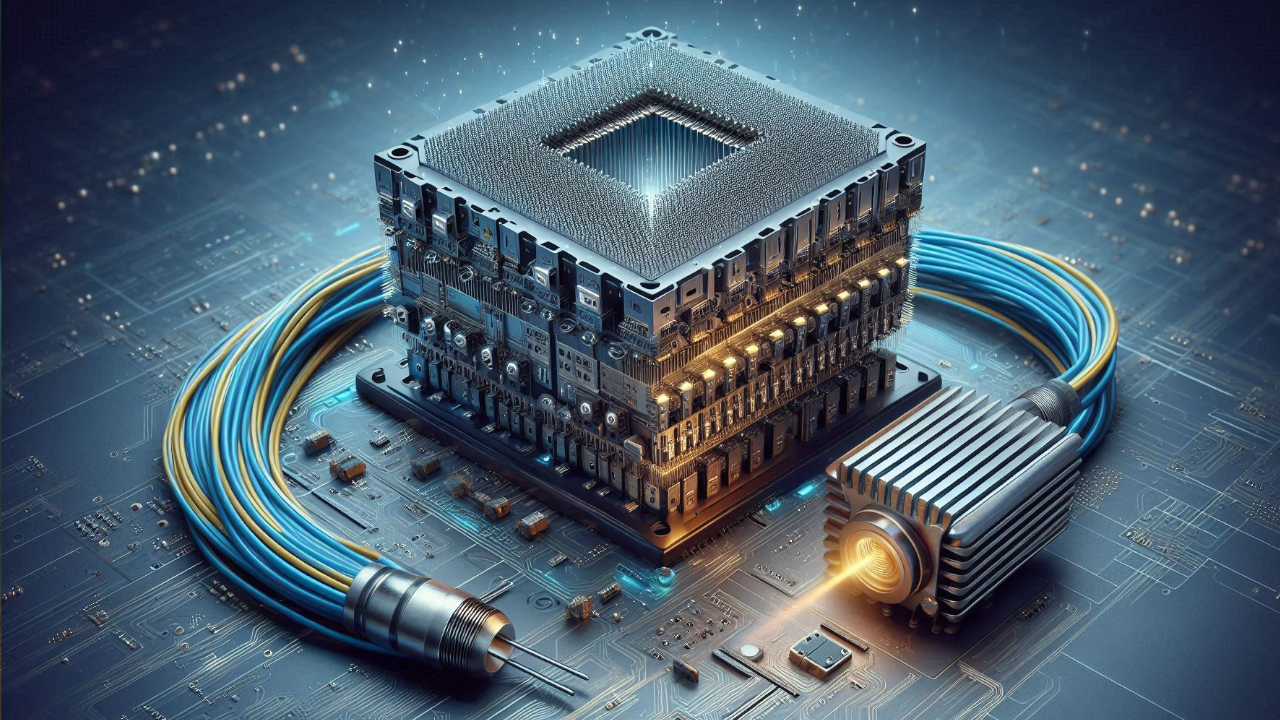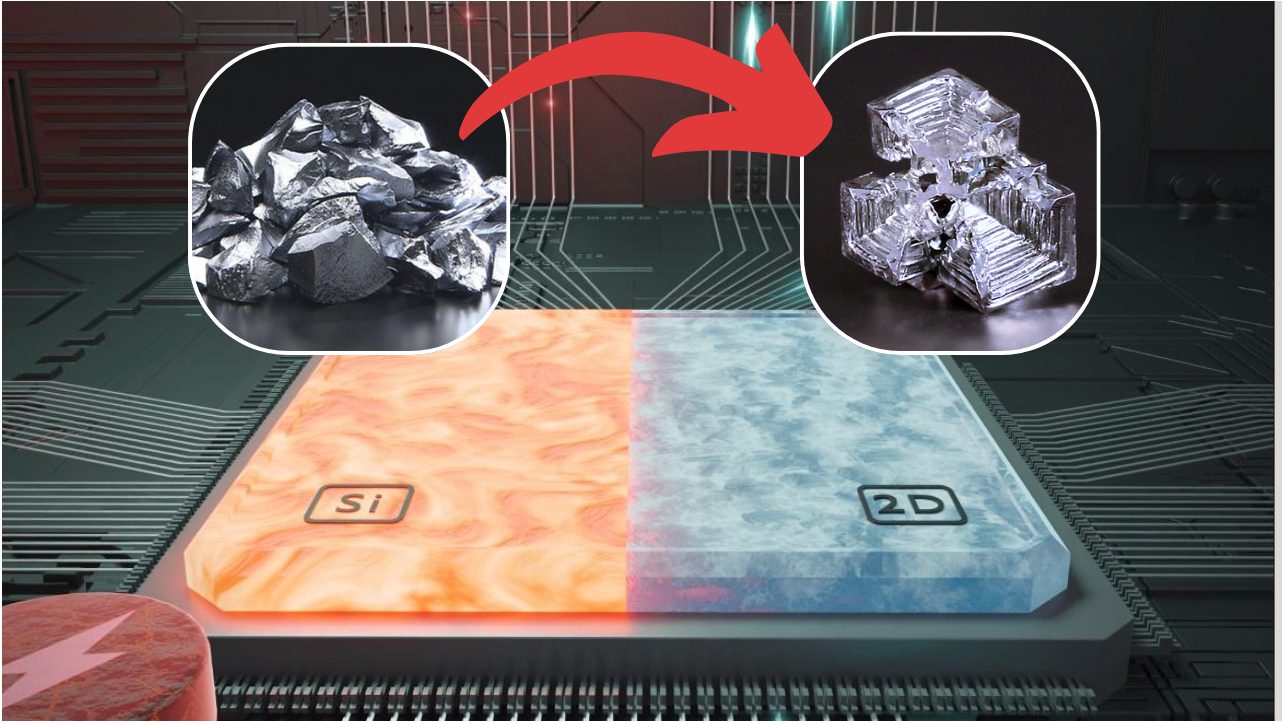Semiconductor electronic chips generate heat as a result of electric current flow. If this heat is not effectively dissipated, its accumulation can lead to the degradation of the chip materials, causing performance deterioration and eventual failure.
In small electronic devices like computers, cooling is typically achieved using fans and heatsinks to dissipate heat into the surrounding air. In contrast, data centers rely on water cooling systems, which offer a greater capacity for absorbing and removing heat.
However, a startup company, Maxwell Laboratories (MXL), in collaboration with Sandia National Laboratories and the University of New Mexico, is developing a new technology known as Laser Optical Cooling. For the first time, lasers will be used to cool electronic chips — a remarkable development in thermal management. Typically, directing a laser onto materials causes their temperature to rise due to photons colliding with atoms.
The company isn’t introducing a fundamentally new material innovation; rather, the distinction lies in the application method. It builds upon research from Nanyang Technological University (NTU) in Singapore, published in 2013 in the journal Nature, which demonstrated that certain types of semiconductors possess the ability to dissipate heat when exposed to laser light at a specific frequency and directed at particular points.
The company utilizes ultra-pure semiconductors like Gallium Arsenide (GaAs). When a laser, tuned to a specific frequency, targets hot spots on the chip, electrons absorb the laser photons. This excites them, causing them to jump to a higher energy level. Subsequently, when the electron returns to its original energy state, it emits a photon carrying more energy than the one initially absorbed. This process results in the material gradually losing thermal energy, contributing to continuous and effective cooling of the chip.
Furthermore, the company claims to have an innovative technique for converting the thermal energy released as photons back into reusable electrical energy, offering a multi-beneficial solution. This approach promises to reduce the cost and physical size of cooling systems, effectively recycle waste heat energy, and allow processors to operate at higher performance levels due to its superior ability to dissipate heat faster and more efficiently compared to traditional methods.
Nevertheless, transforming this technology into a practical product faces significant challenges. Producing ultra-pure GaAs semiconductors is a highly complex and expensive process. Additionally, this mechanism is still in its early experimental stages and has not yet been tested in a working prototype.
Despite the challenges, the company anticipates completing the development of an effective prototype by the fall of 2025, which could represent a major step towards realizing this vision.
